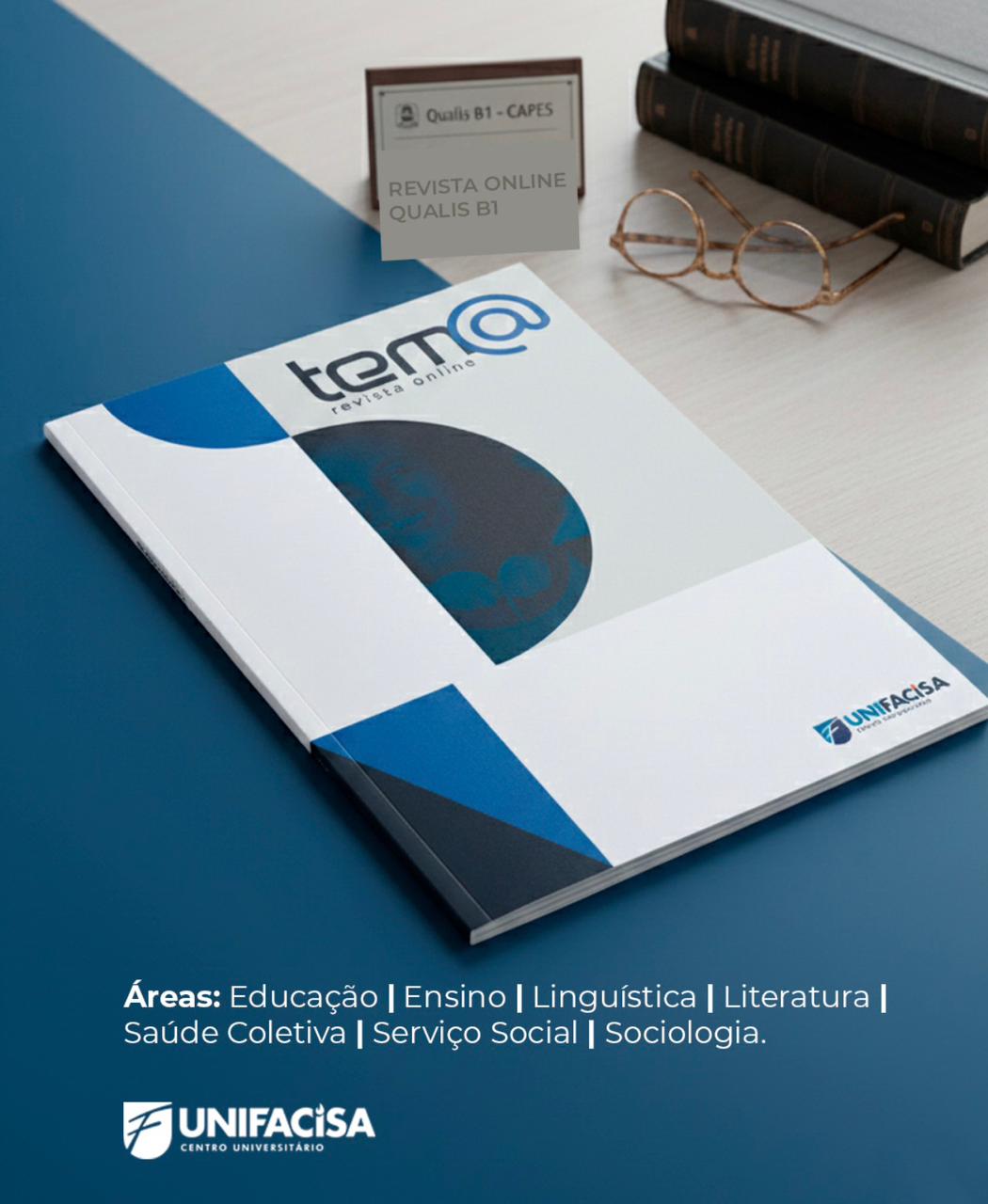
Submissions
Submission Preparation Checklist
All submissions must meet the following requirements.
- This submission meets the requirements outlined in the Author Guidelines.
- This submission has not been previously published, nor is it before another journal for consideration.
- All references have been checked for accuracy and completeness.
- All tables and figures have been numbered and labeled.
- Permission has been obtained to publish all photos, datasets and other material provided with this submission.
Artigos Originais
Os artigos originais devem apresentar investigações clínicas ou experimentais inéditas. A extensão máxima é de doze páginas, com até sete autores e limite de trinta referências.
Artigos de Revisão
As revisões integrativas, sistemáticas ou metanálises são voltadas a temas de relevância, não sendo aceitas revisões narrativas. A introdução deve justificar a elaboração do texto e os resumos (em português e inglês) devem estar no formato narrativo, com até 250 palavras. O limite é de doze páginas, com sete autores e até quarenta e cinco referências.
Dossiê temático
O dossiê constitui um conjunto de artigos articulados em torno de uma temática definida pelo Conselho Editorial. Cada texto integrante deve seguir os mesmos parâmetros de sua categoria (original, revisão, relato ou ensaio), respeitando o máximo de doze páginas, até sete autores e as referências previstas para cada modalidade.
Relato de caso
Os relatos de caso descrevem situações clínicas singulares, de interesse pela raridade, pela forma de apresentação ou pelas alternativas de diagnóstico e tratamento. Estruturam-se em Introdução, Relato de Caso e Discussão, com resumos narrativos. O texto pode ter até sete páginas, com no máximo duas tabelas ou figuras (três páginas somadas) e quinze referências, além de até sete autores.
Relatos de Experiência
Os relatos de experiência registram vivências profissionais relevantes, exitosas ou não, mas que tragam contribuições para a prática e para a reflexão. Devem conter introdução com marco teórico, objetivos, relato do caso (incluindo descrição do contexto e dos procedimentos), resultados observados e considerações finais. O texto pode chegar a sete páginas, conter até duas figuras ou tabelas, quinze referências e sete autores. O resumo deve ter até 120 palavras, em formato narrativo.
Resenha crítica
As resenhas críticas se restringem a livros ou filmes da área médica e afins. Devem ser apresentadas em forma de texto argumentativo, contendo apresentação (com informações técnicas e resumo da obra), análise (com interpretação crítica dos principais pontos positivos e negativos) e conclusão (com parecer final). O limite é de quatro páginas, com até dois autores.
Privacy Statement
The names and email addresses entered in this journal site will be used exclusively for the stated purposes of this journal and will not be made available for any other purpose or to any other party.



